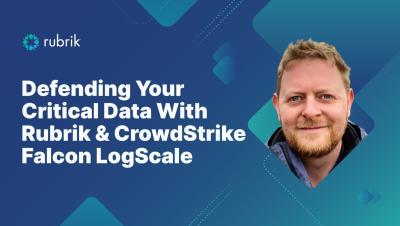Navigating the SecOps Cloud Platform Revolution for Service Providers
In a world where digital transformation has become the norm, cybersecurity professionals face unprecedented challenges. The traditional approach of managing dozens of disparate point solutions and siloed security tools, while attempting to control costs, is no longer sufficient. It's time to embrace a new era of cybersecurity in the SecOps Cloud Platform – one that treats cybersecurity as a set of capabilities much like how cloud providers did for IT. We challenge you to question the status quo and to open your mind a new way of thinking about security operations.











